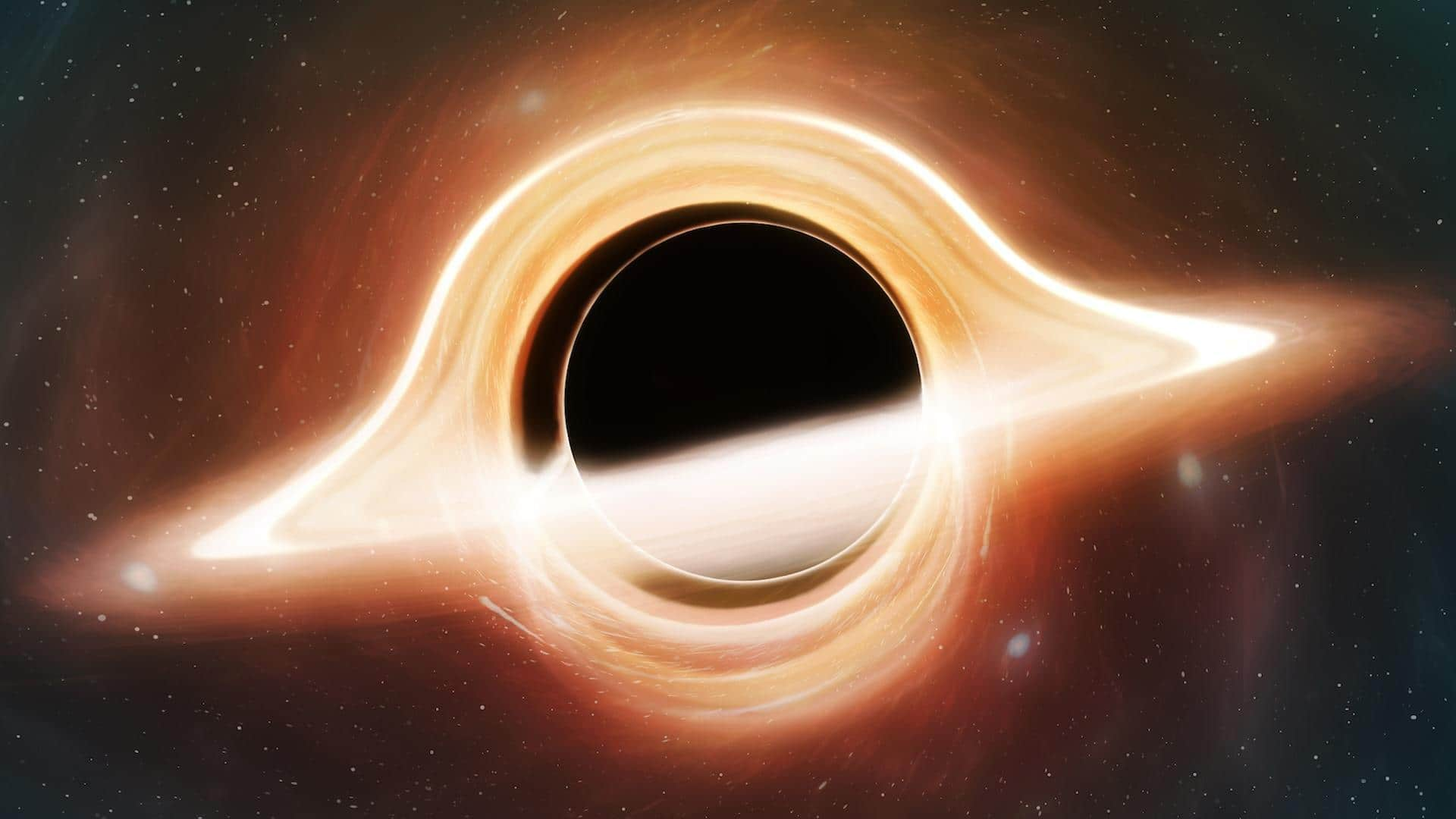
We might have found a new type of black hole
What's the story
The James Webb Space Telescope (JWST) has identified a theoretical model of a new type of supermassive black hole, hidden within a thick shell of gas. This model could explain the "small red dots" seen in JWST images. These dots have long puzzled astronomers, who initially thought they were young galaxies. However, independent measurements showed that these objects are too massive to be early galaxies. The discovery is detailed in the journal Astronomy & Astrophysics.
Discovery
'Little red dots' seen in JWST images
The "small red dots" were first observed in JWST images in summer 2022. These compact, reddish celestial objects were clearly visible due to JWST's unprecedented sensitivity. Further observations revealed that even the closest examples of these objects are extremely distant, their light having taken 12 billion years to reach us. This means we see them as they were just 1.8 billion years after the Big Bang, or about 13 billion years ago.
Spectral analysis
New model for black holes
The Cliff, a newly discovered object, has a unique spectral signature that doesn't match any of the previously proposed models for "little red dots." This led researchers to develop a new model called "black hole star," or BH*. This model suggests an active galactic nucleus (AGN) with an accretion disk surrounded by a thick hydrogen gas envelope. Unlike stars, these objects don't have nuclear fusion reactors at their centers.
Future implications
Implications for understanding early galaxies
The discovery of black hole stars could provide insight into the rapid formation of early galaxies. The new model explains the unusual shape of The Cliff's spectrum better than any other type. If this model holds true, it could also help explain how supermassive black holes in early galaxies grew so quickly. Further JWST observations are planned for next year to investigate these intriguing objects further.